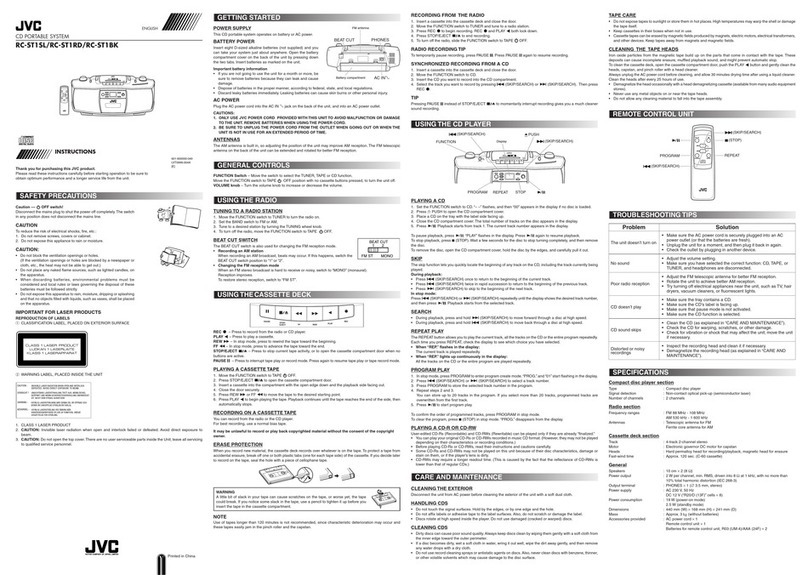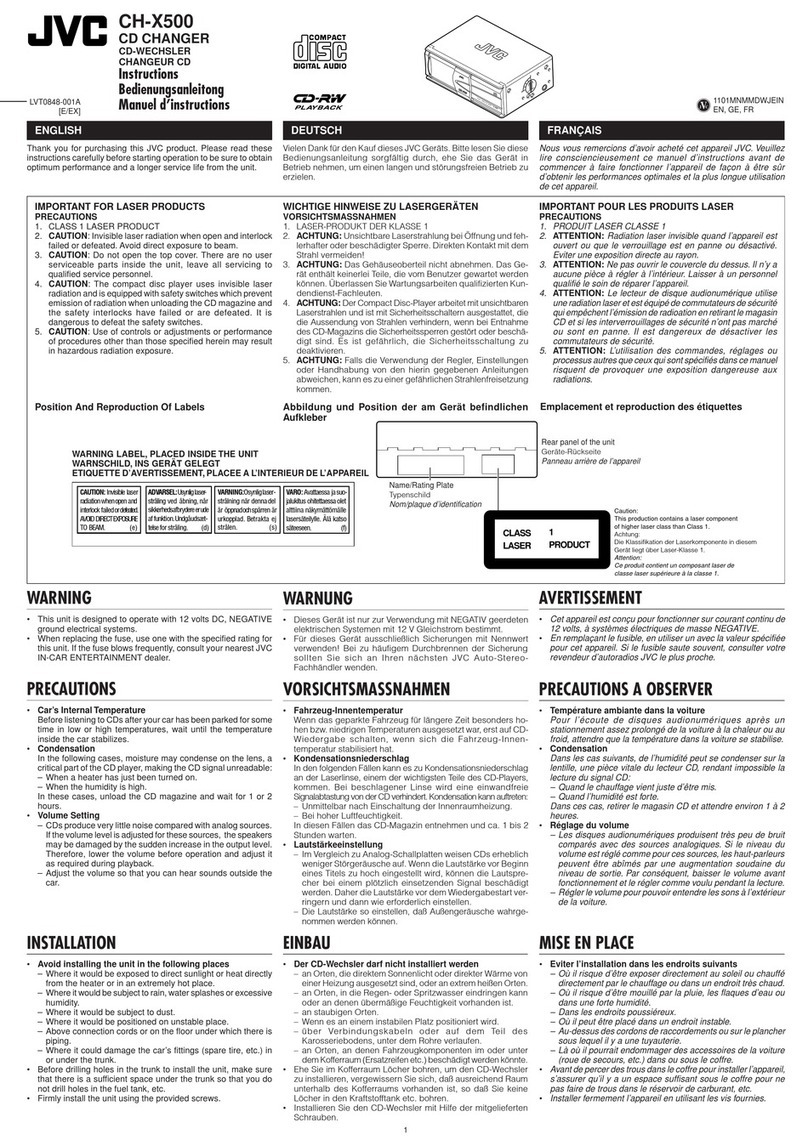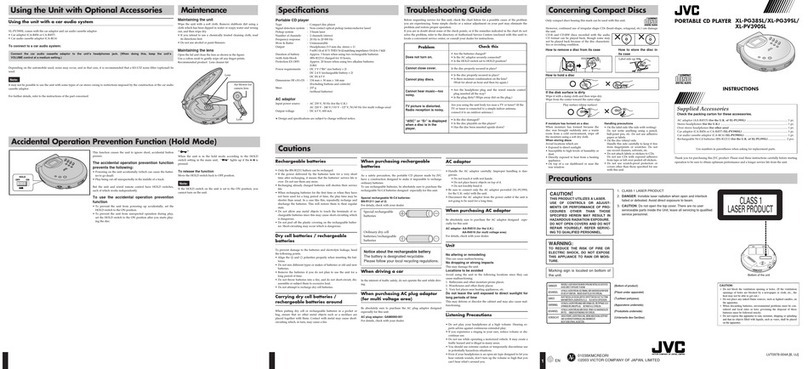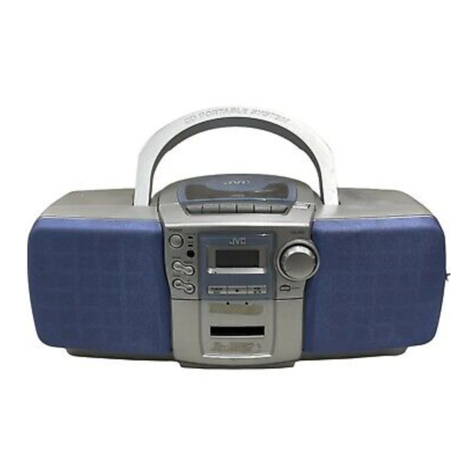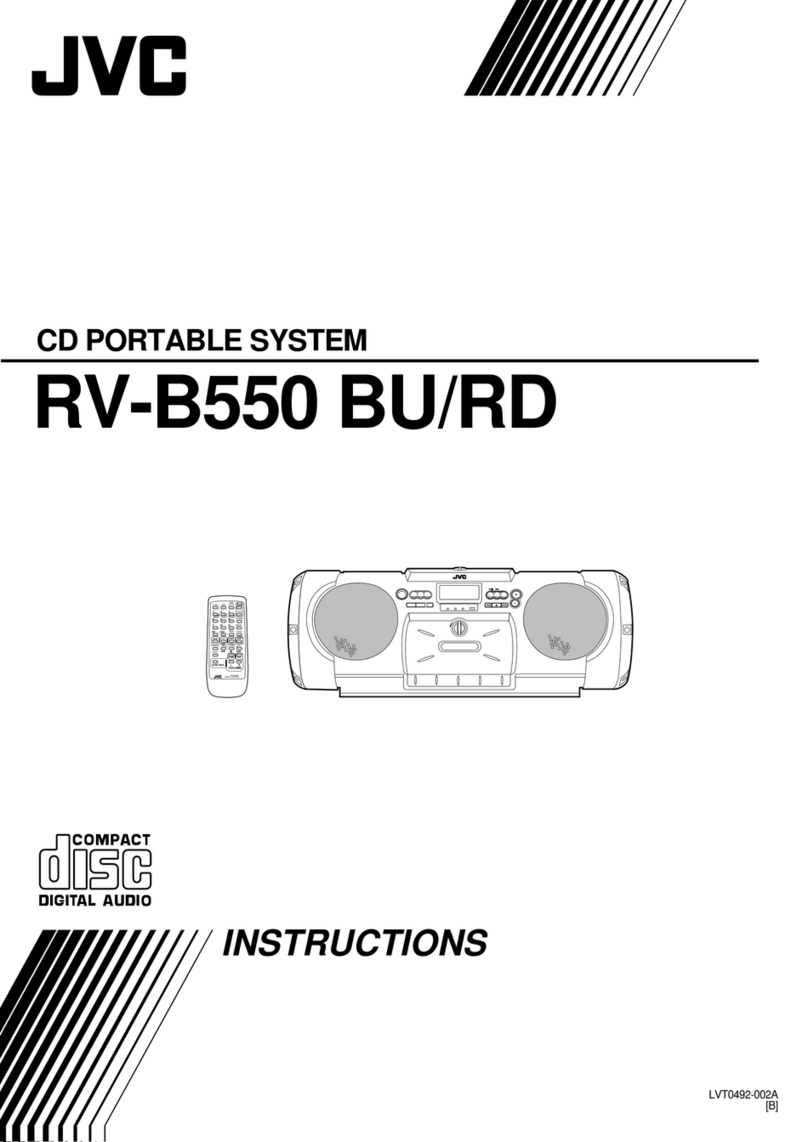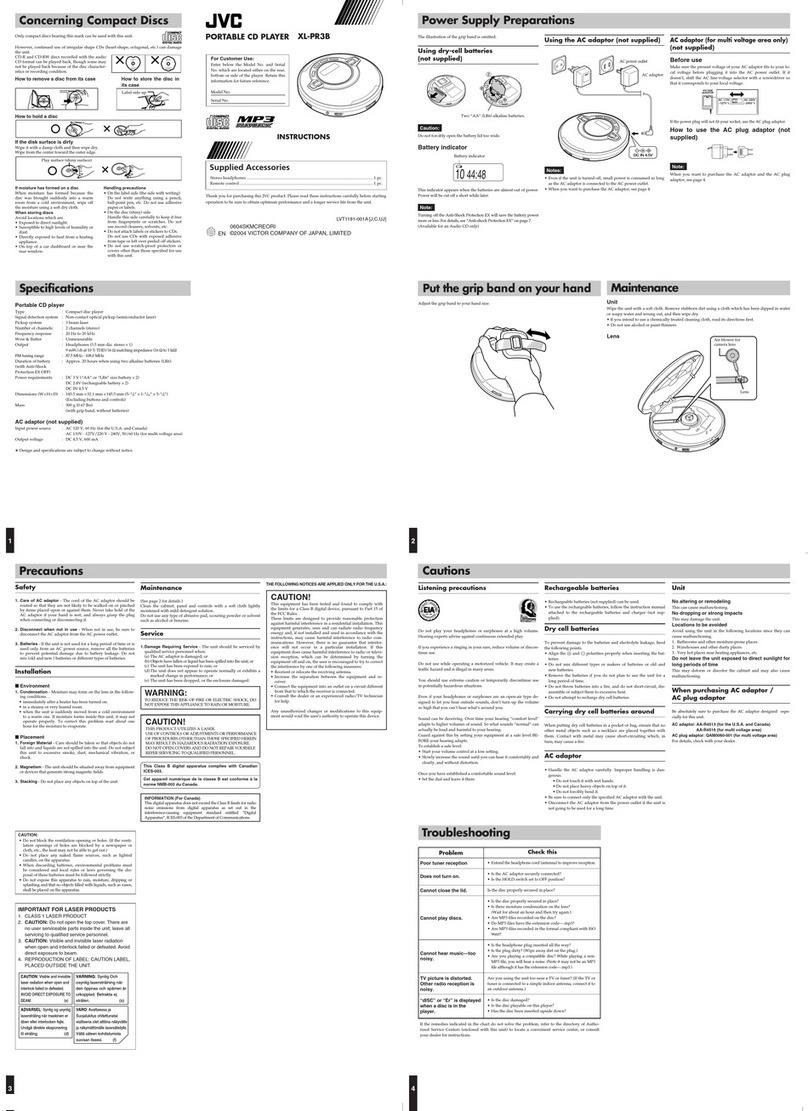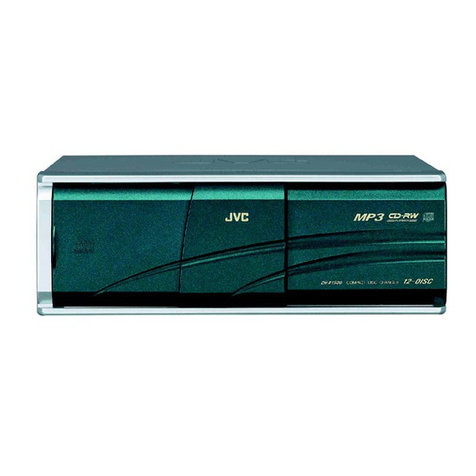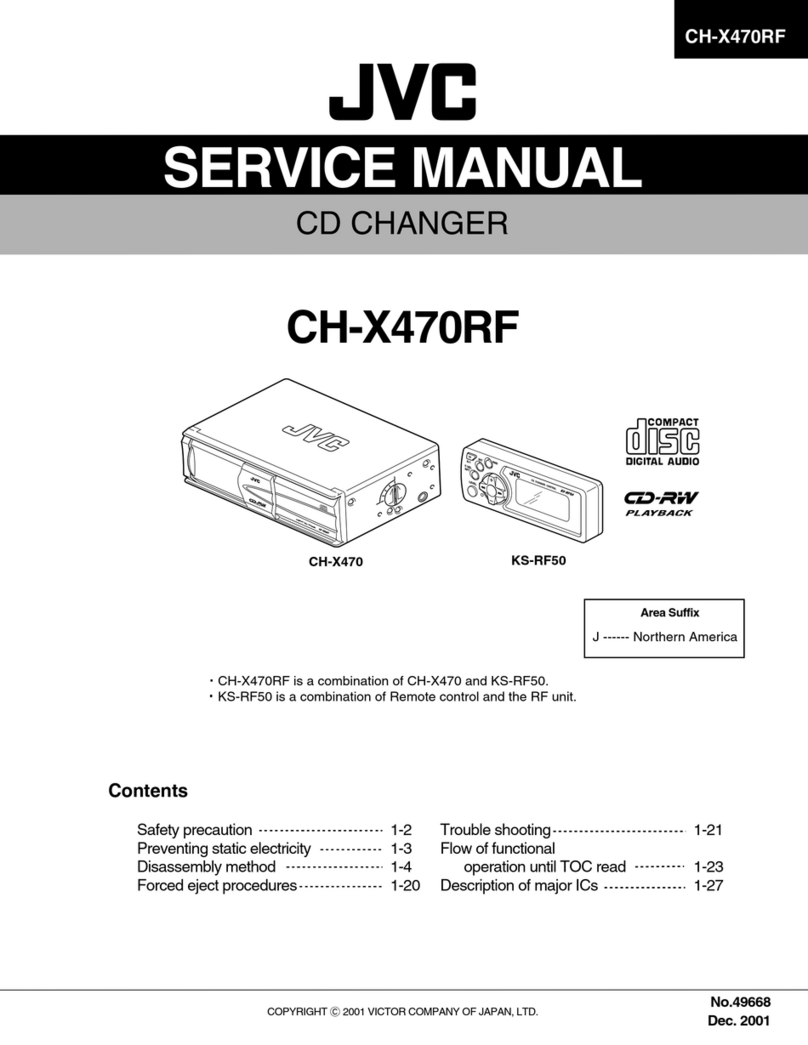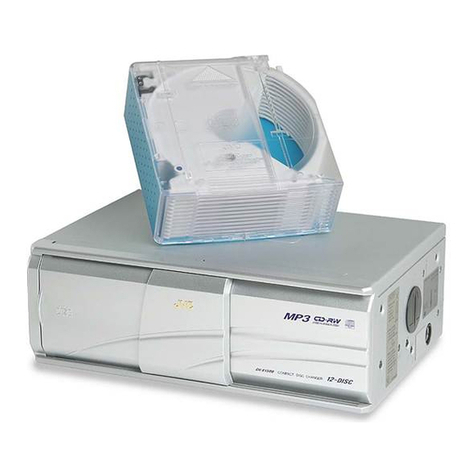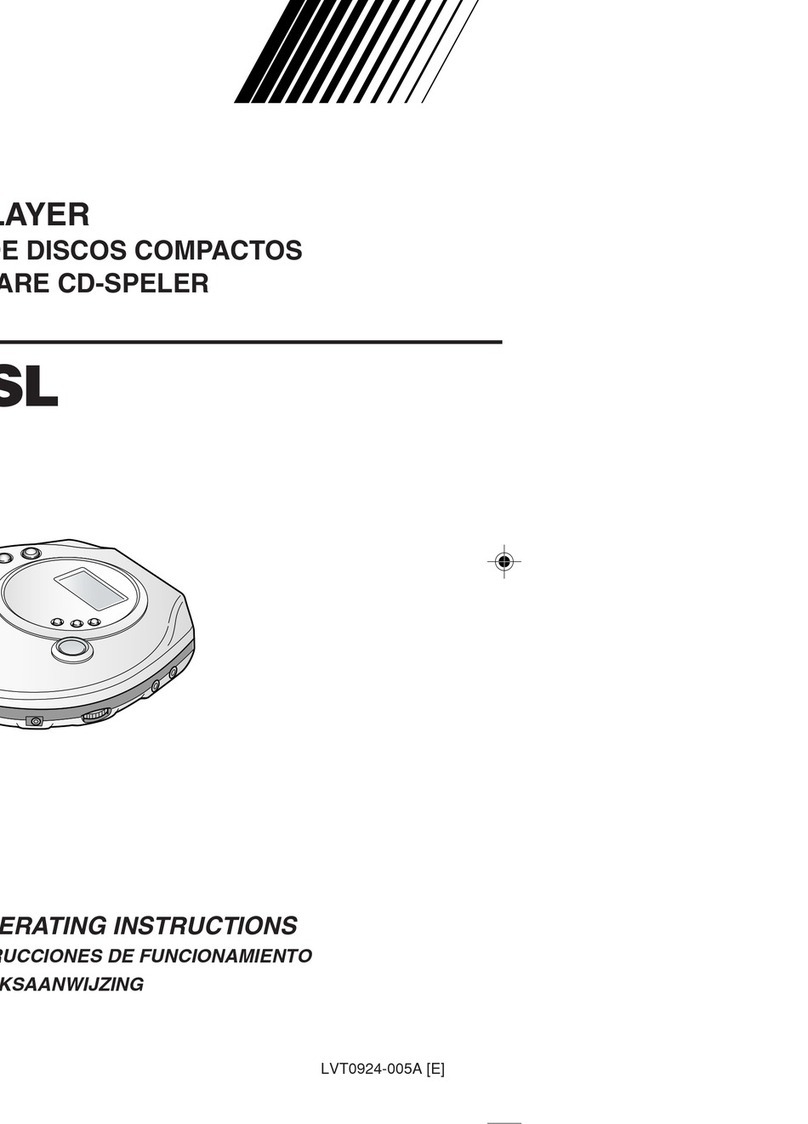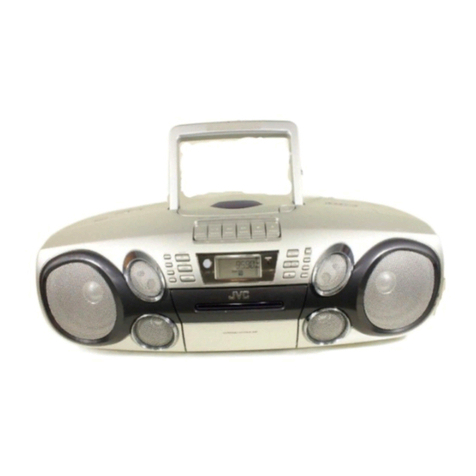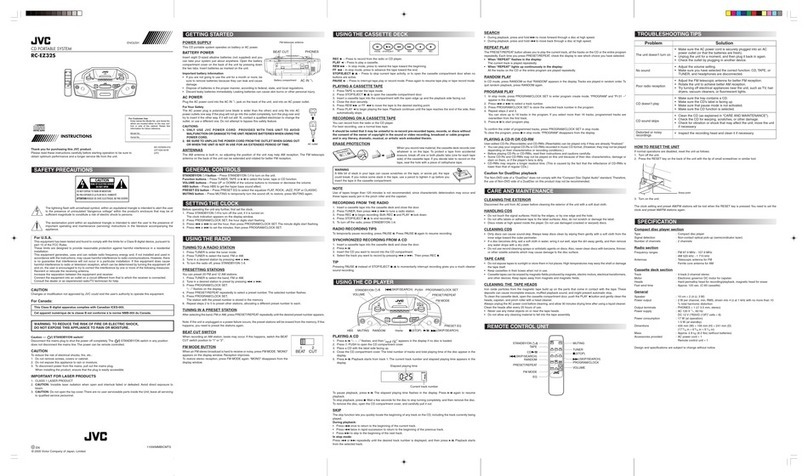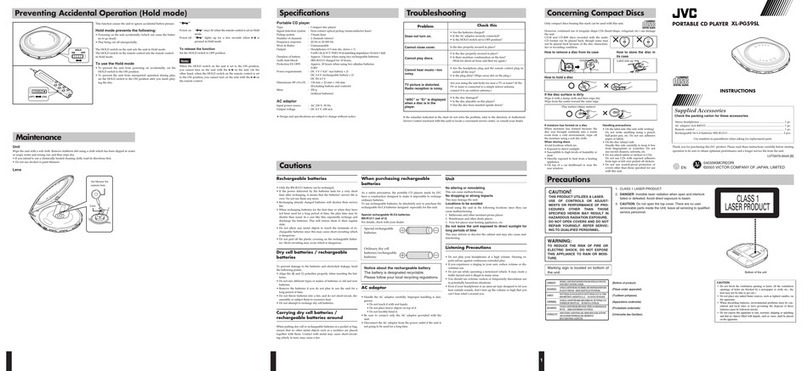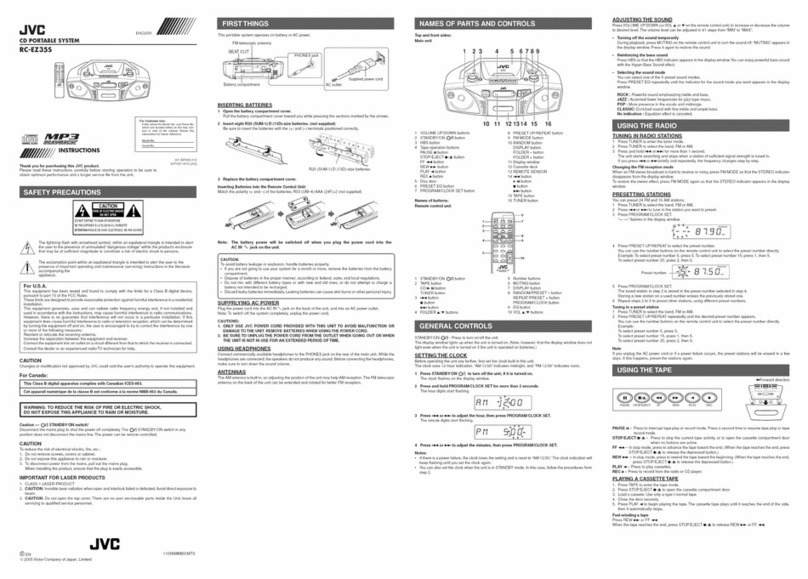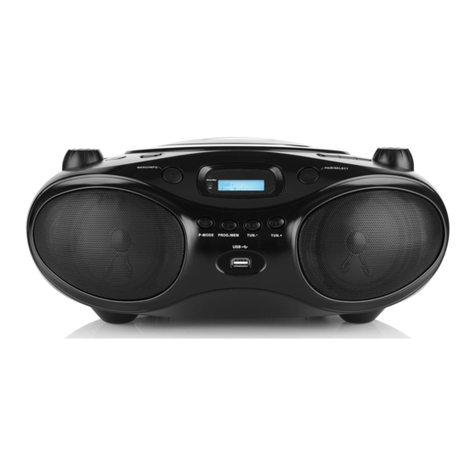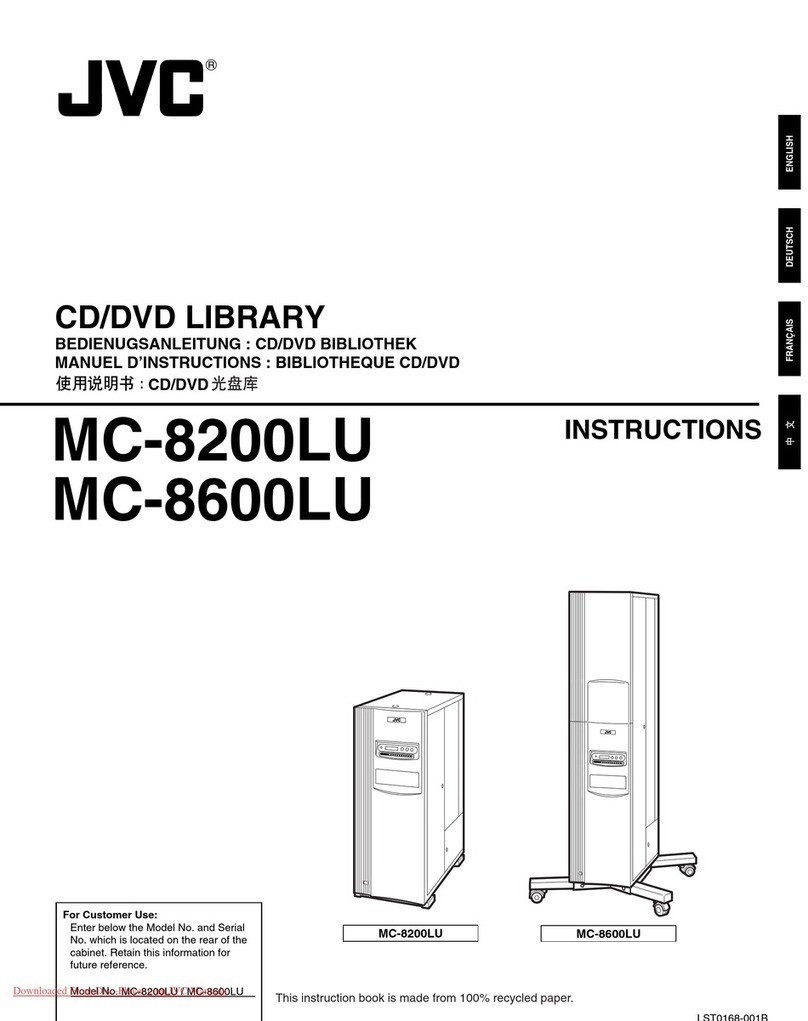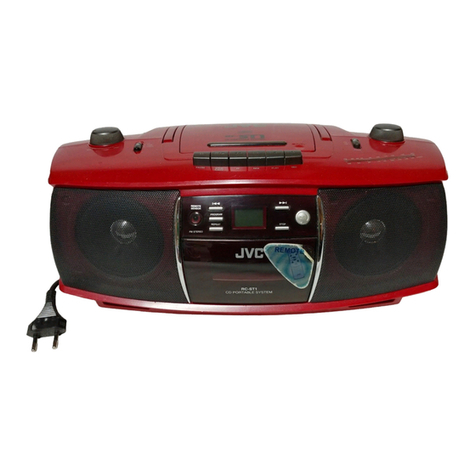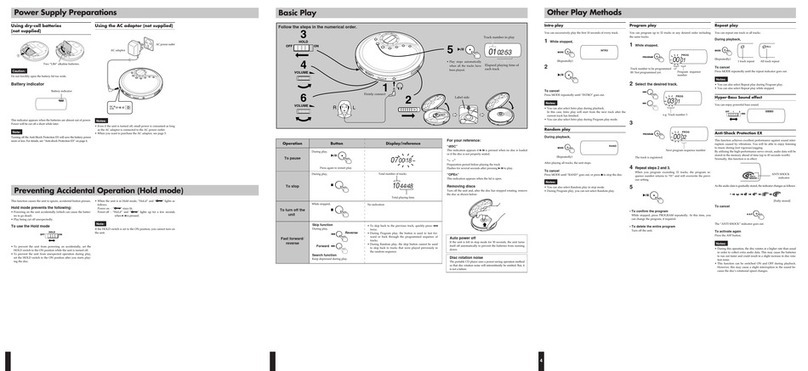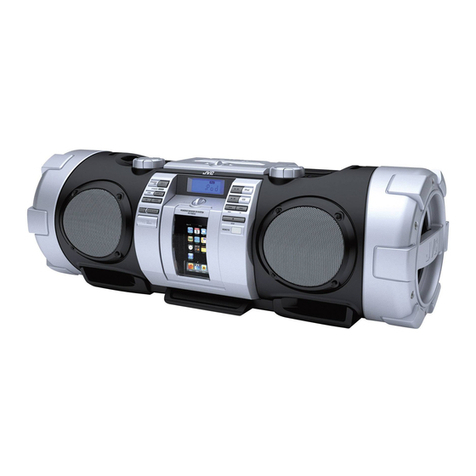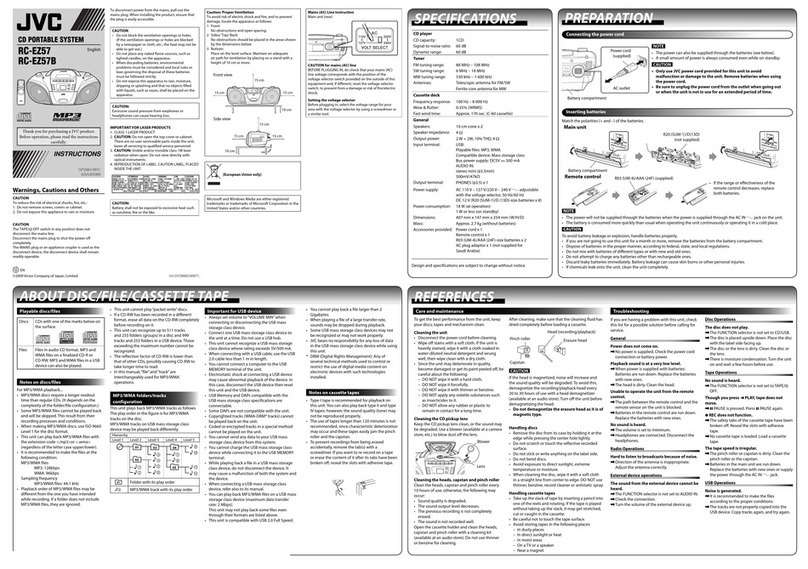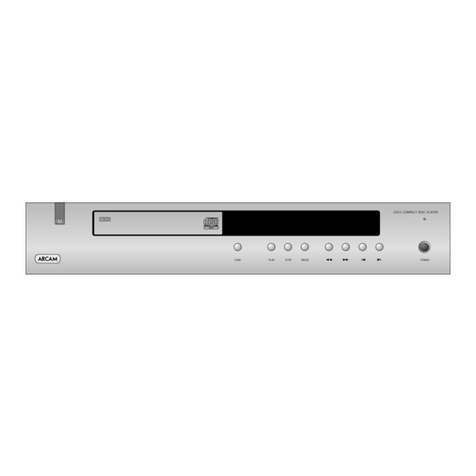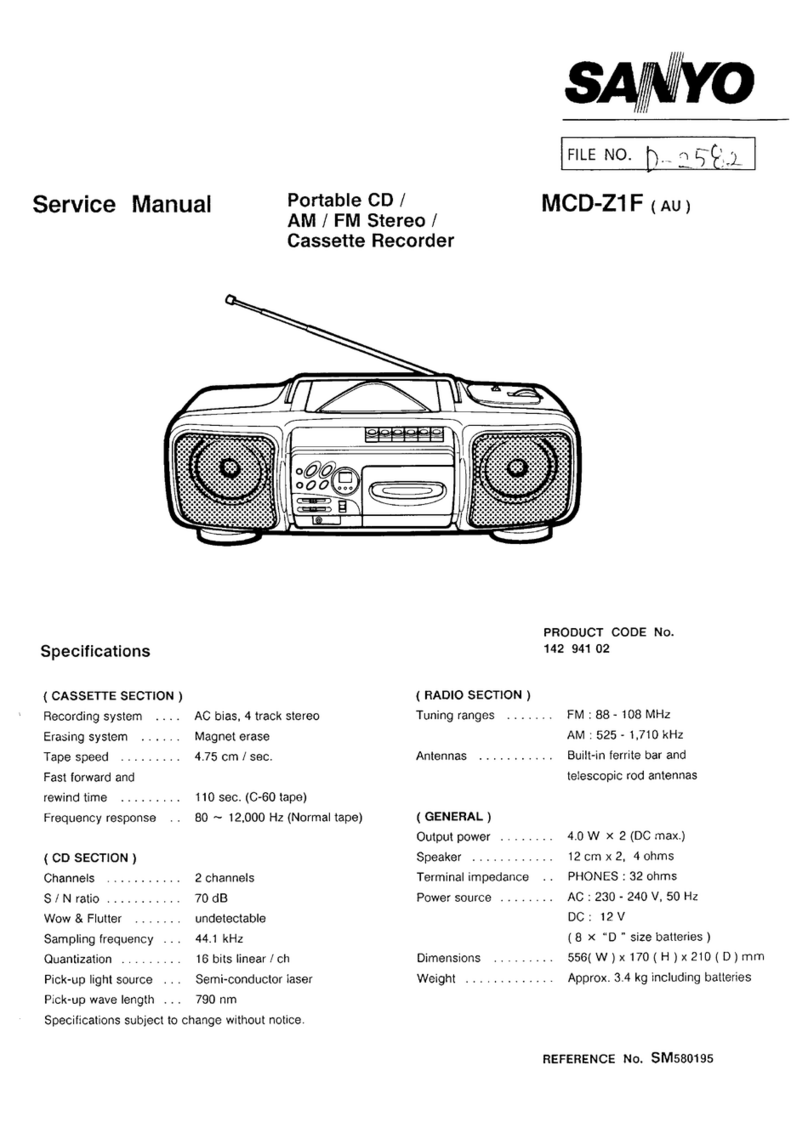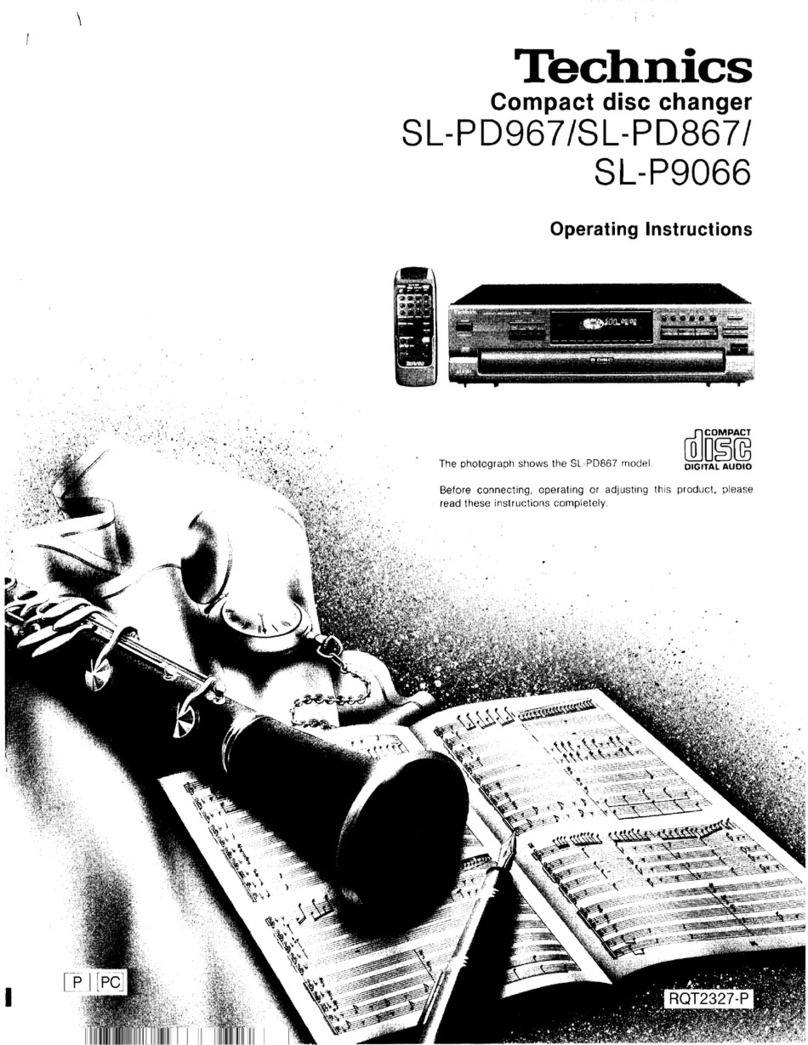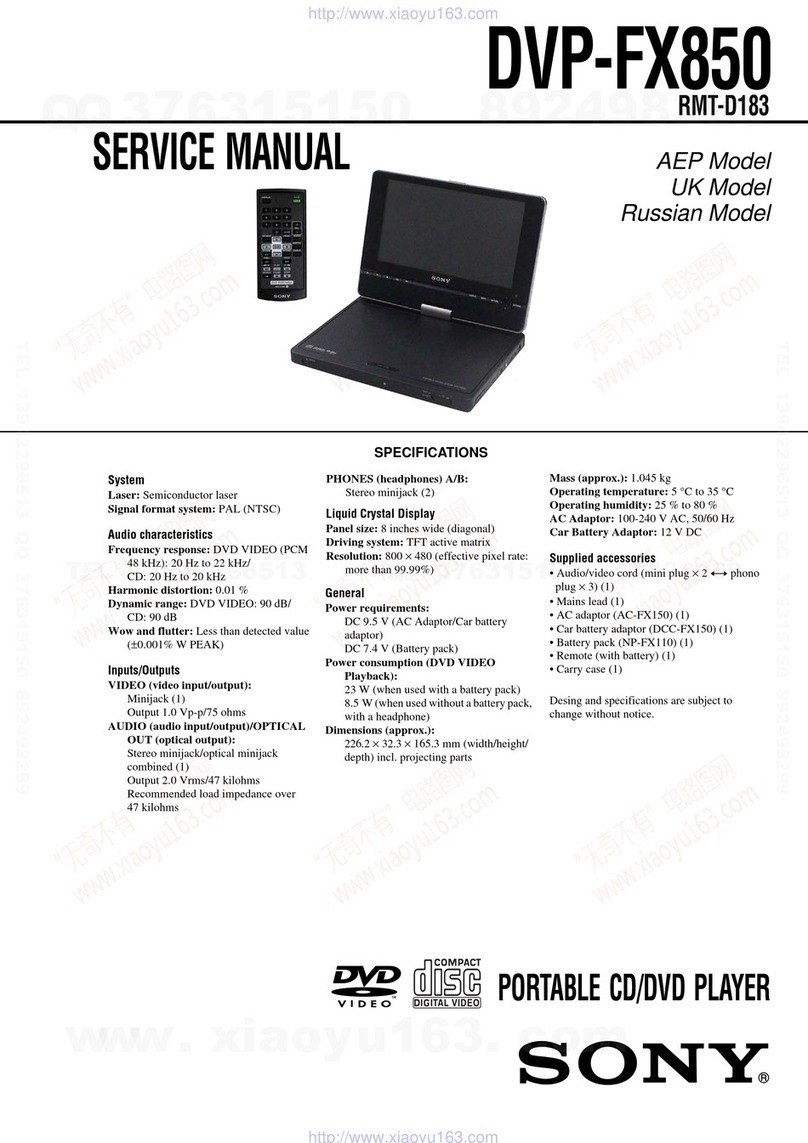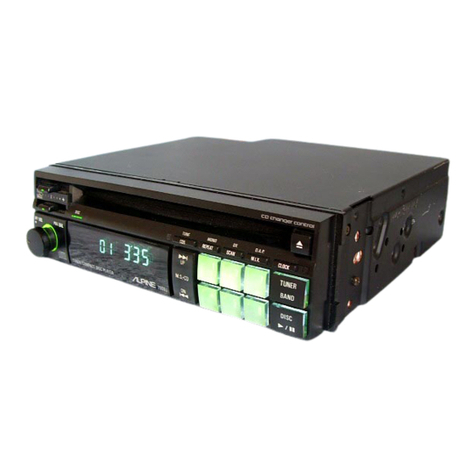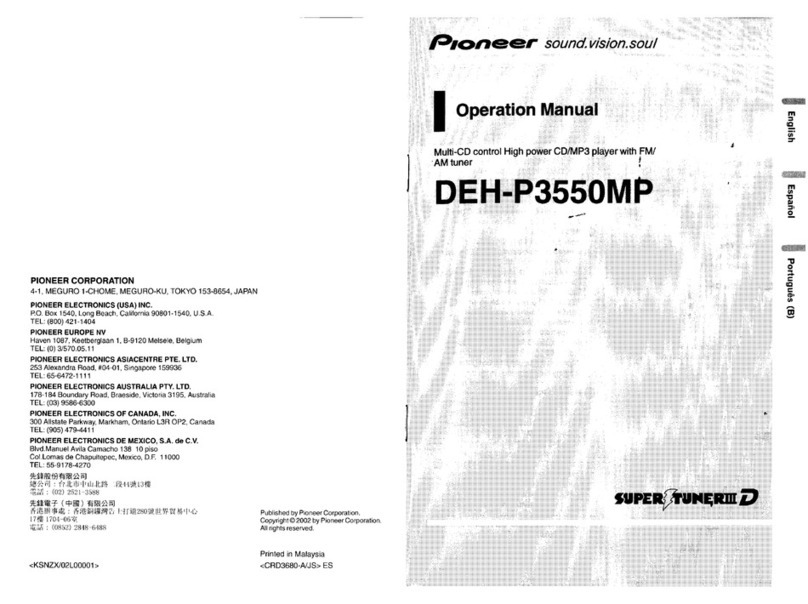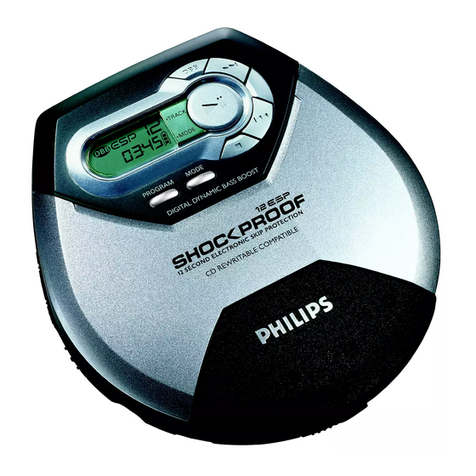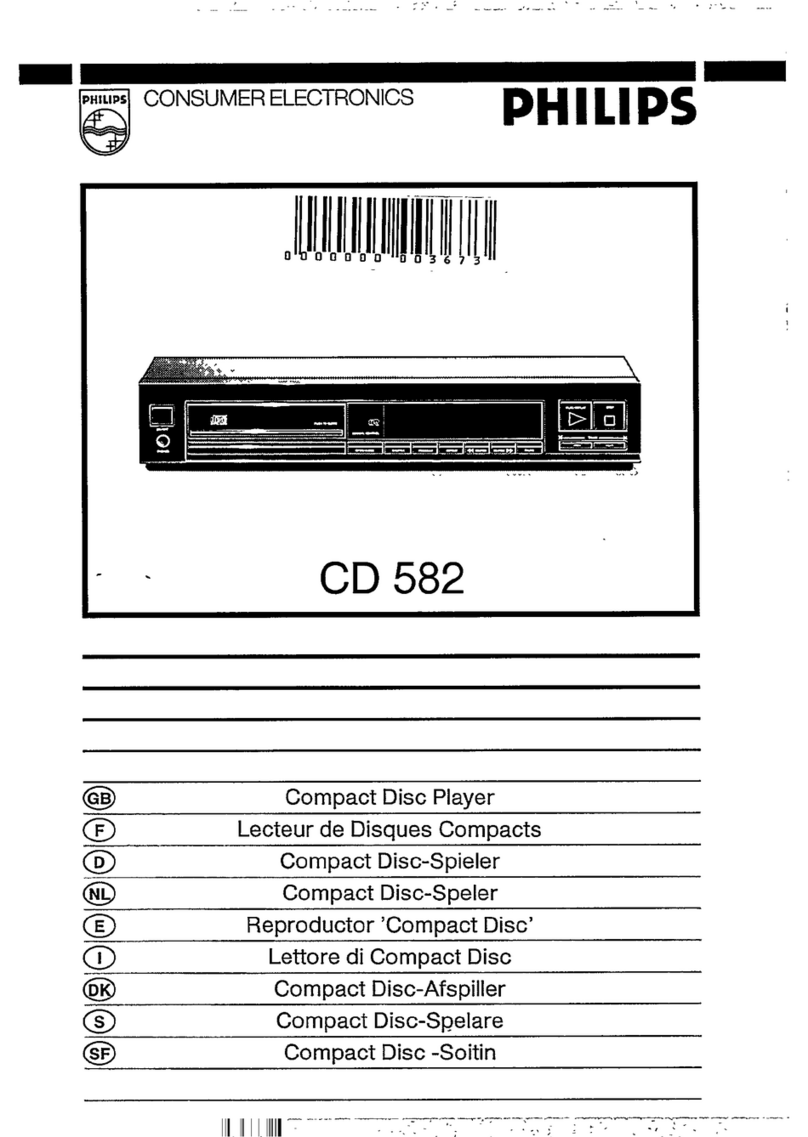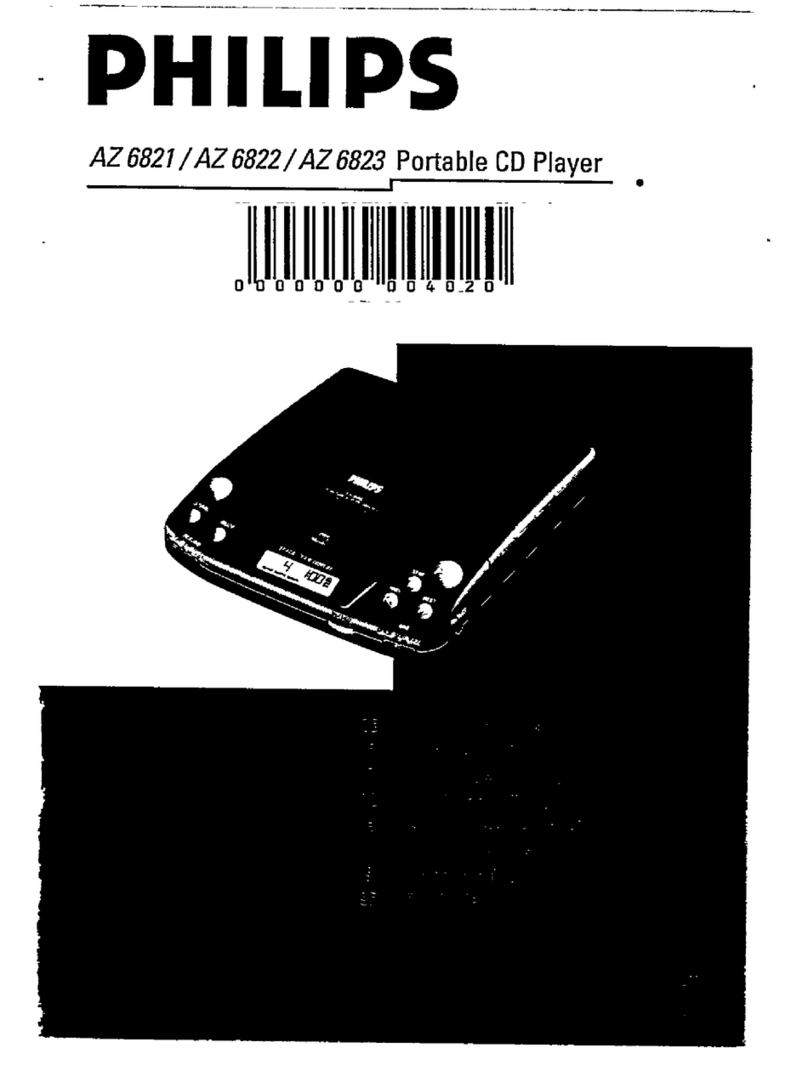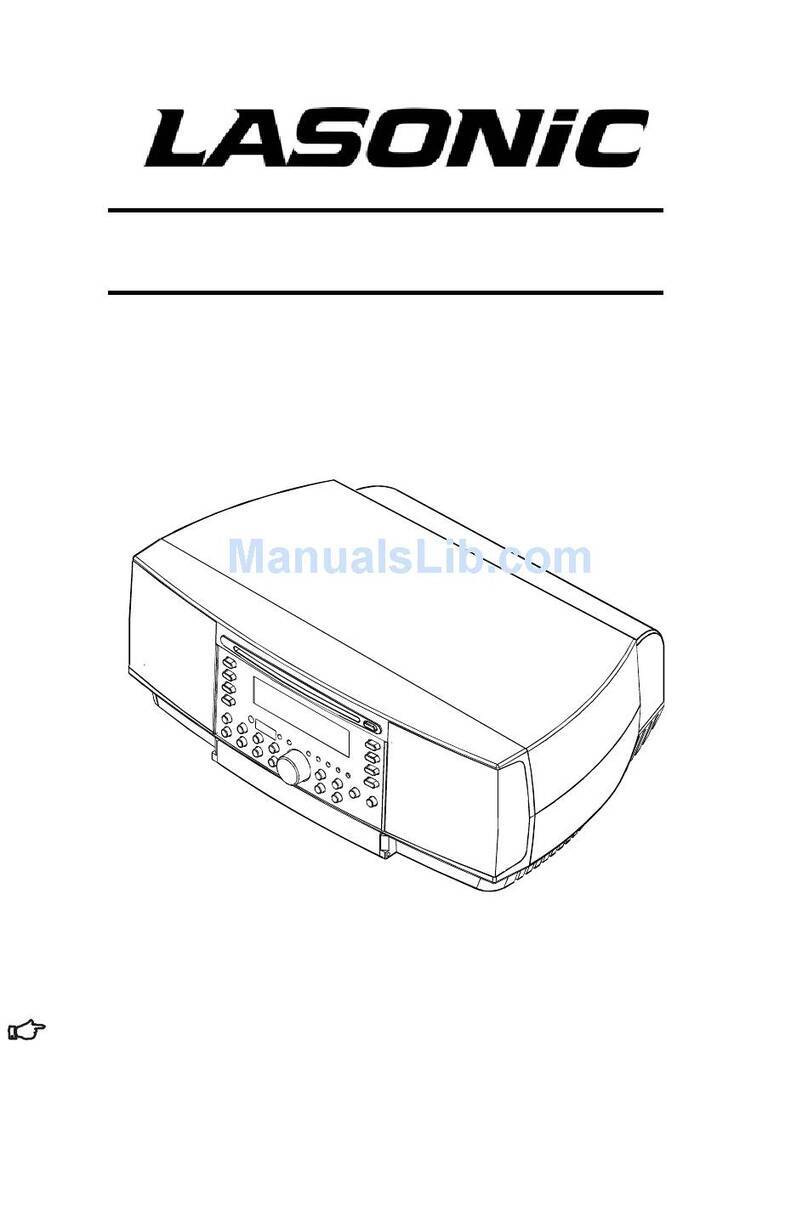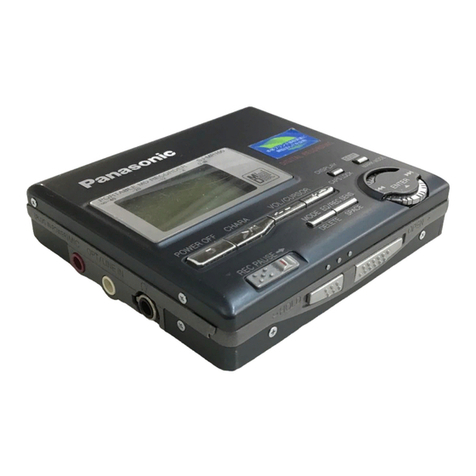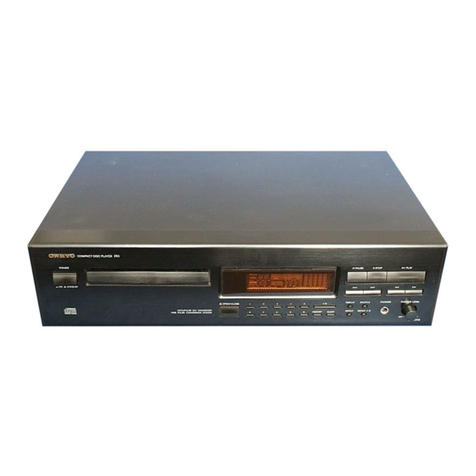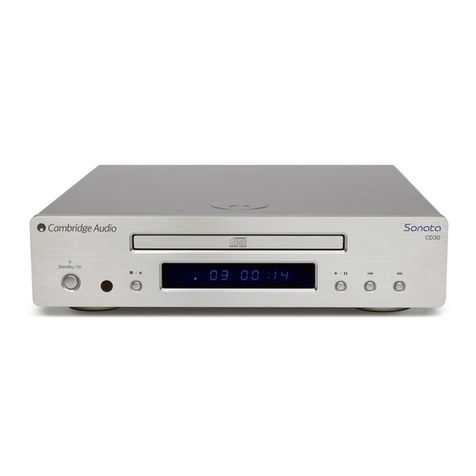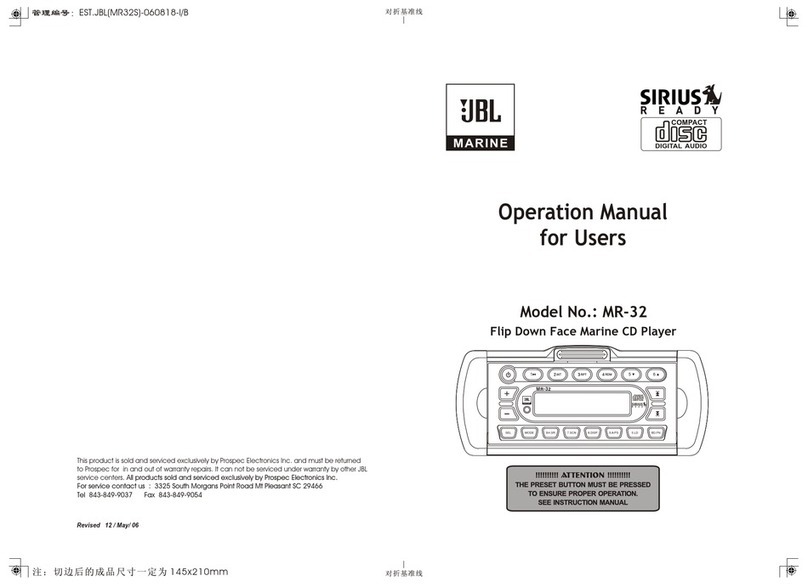
RC-X3
B/E/G
EM
=
oliSe
DIGITAL
AUDIO
r
er
“|
|
Area
Suffix
|
a:
Seen
sam
rte
U.K.
|
In
CE.
senitanieoes
Continental
Europe
|
Gt
agelie
delet
vates
W.
Germany
LN
Contents
Page Page
[1]
Important
for
Laser
Products
..............c..cceceeeeees
2
Wiring
Connections
..............cccececececeeeeeeneeeeeetes
20
Safety
Precautions
...............ccccecccec
cece
teense
eens
3
Standard
Schematic
Diagram
(CD
Control)
.........
21
F@
atures:
«2.18.
cehscbseventeencete
tacidapliocnel
sspua
teed
eanies
sea
4
Location
of
P.C.
Board
Parts
and
Parts
List
........
22
[4]
Specifications
4
[11]
Location
of
P.C.
Board
and
parts
List
Names
of
Control
and
Their
Functions
...............
5
(CD
Control
Board)
...............
cece
cece cece sree
ee
eee
25
[6]
Location
of
Main
Parts
..........ccccccceeseeseeeeeeees
6
[12]
Block
Diagram
<.220..:.sc.ti.sccccccsadecdessstabiincdeaaders®
27
Removal
of
Main
Parts
..............cccceceecceee
reece
7
[13]
Exploded
View
of
Mechanism
Assembly
.........---
30
Main
Adjustment
and
Level
Check
....................
12
Exploded
View
of
Enclosure
Assembly
...........-..
32
[9]
Standard
Schematic
Diagram
(Tuner)
................
18
[15]
Packing
Illustration
and
Parts
List
..................655
35
Standard
Schematic
Diagram
(Amplifier)
............
19
ACGCeSSONICS.
<i
20s
tel
ecede
bien
katate
es
Back
Cover
No.
1755
June
1988
